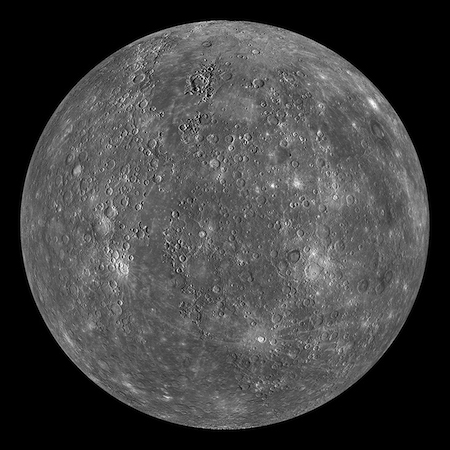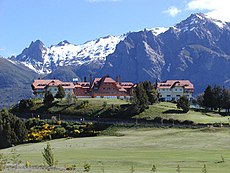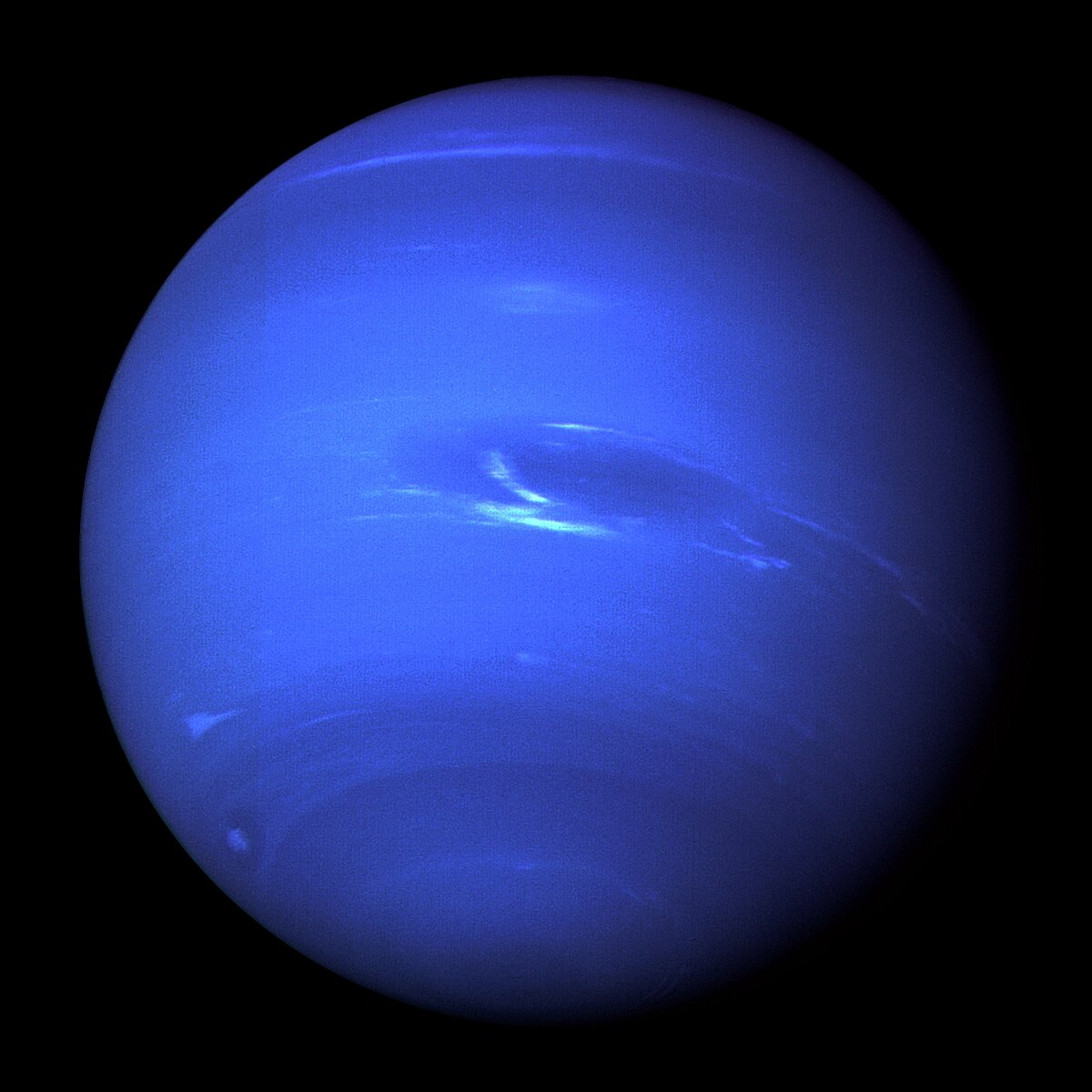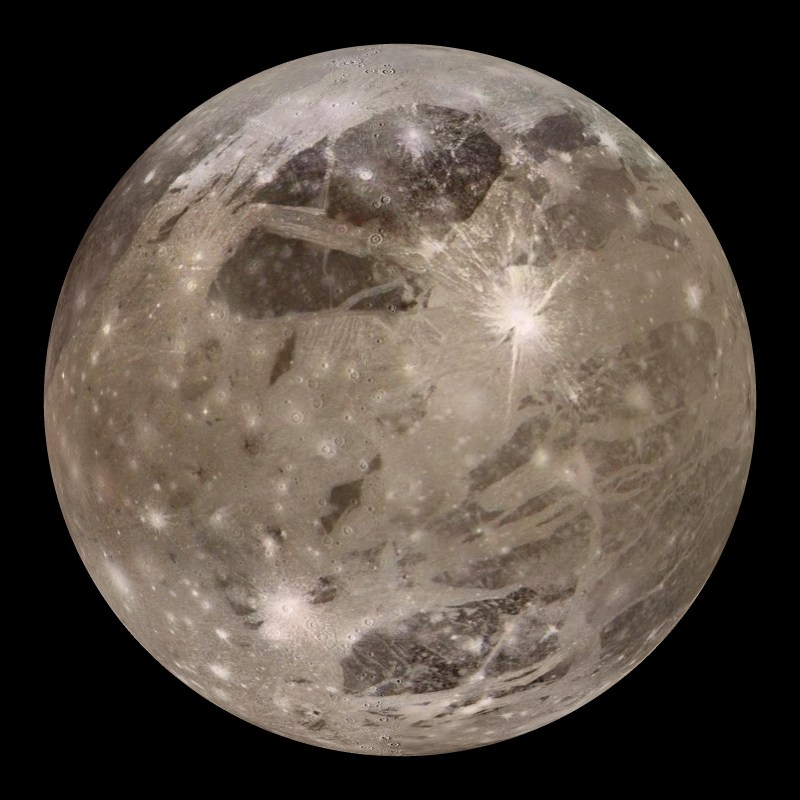Planets of our Solar System
Hello, my name is Khush and I will tell you about the Solar System. Do you know anything about the solar system? I am going to tell you tell you some facts and information that you may or may not know. So listen carefully and come to my space journey.
Talking of the Sun let’s know some facts about the sun. The sun is our star in our solar system. The sun has been for the last 4.5 billion years ago. It is known that the sun’s temperature is estimated about 15 million celsius. The sun is about 93 million miles away from earth. Do you know how many earth’s can fit the sun? It can fit about more than a 100 earth’s in the sun! How cool! Let’s talk about the categories of our solar system. We have 2 categories in our solar system. One is terrestrial planets. They are the first 4 planets in our solar system. Second, Jovian Planets, they are the last 4 planets in our solar system. 2 of them are gas giants and the other 2 are ice giants, we will talk about them at the end of our report. Jovian Planets have rings. I have one question to you. Have you heard about the smallest planet on this solar system?
 Yes, you might guess it. It is Mercury, the smallest and first planet to the sun. Mercury is fast, it takes 88 earth days a year for Mercury. But a day in Mercury is about 59 earth days. It travels 50 km per second. The surface of Mercury is similar than Earth’s Moon. The first spacecraft to Mercury was Mariner 10, it was launched at November 3, 1973. It had it imaged 45% of the surface. Mercury has no moons. Did you know how Mercury got it’s name? In ancient Roman gods, Mercury is the messenger of the gods. I forgot to say one more fact about Mercury. It’s temperature. Mercury’s temperature while facing the sun reaches about 430 celsius (800 fahrenheit), that’s hot! So what happens at nighttime? The temperature drops down to -180 degrees celsius (-290 degrees fahrenheit), I would not like to live in Mercury! Do you know what is the hottest planet in our solar system?
Yes, you might guess it. It is Mercury, the smallest and first planet to the sun. Mercury is fast, it takes 88 earth days a year for Mercury. But a day in Mercury is about 59 earth days. It travels 50 km per second. The surface of Mercury is similar than Earth’s Moon. The first spacecraft to Mercury was Mariner 10, it was launched at November 3, 1973. It had it imaged 45% of the surface. Mercury has no moons. Did you know how Mercury got it’s name? In ancient Roman gods, Mercury is the messenger of the gods. I forgot to say one more fact about Mercury. It’s temperature. Mercury’s temperature while facing the sun reaches about 430 celsius (800 fahrenheit), that’s hot! So what happens at nighttime? The temperature drops down to -180 degrees celsius (-290 degrees fahrenheit), I would not like to live in Mercury! Do you know what is the hottest planet in our solar system?
I think you might know it. It’s Venus. The hottest and 2nd planet from the sun. Venus spins the opposite direction to some of the planets. Venus is hot enough to melt Lead. Venus is named after Love and Beauty in ancient Roman gods. As Mercury, Venus has no moon. In 650 BCE, Mayan astronomers had detailed, watching Venus. In 1962, NASA sended Mariner 2 to Venus and releases Venus extraordinary surface temperature. It was the first spacecraft to send back information from a different planet.
No man has been to Venus, but there has been some spacecrafts that had been to Venus’s surface, the spacecraft didn’t last long in Venus. All of the heat in Venus has overheated the electronics in the spacecraft in a really short time. So it means that it is really hard to live on Venus. Venus has a lot of Electric Field Strength, Venus has 10 volts, Earth has <2 (less than 2) volts. Sometimes Venus and Earth are called twins because of their similar sizes and similar mass (weight). Now let’s go to our own planet.
 Earth, our own planet. Earth is the 3rd and the 5th largest planet in the solar system. Earth is the only living planet in the solar system. As talking about Venus’ and Earth’s size, Earth is slightly larger than Venus. Let’s talk about Earth’s rotation. A day for Earth is about 23.9 hours, so what about a year, we know what a year is 365 days in a year, but it is really 365.25 days in a year, it adds one quarter in the calendar because every 4 years we have a leap year.
Earth, our own planet. Earth is the 3rd and the 5th largest planet in the solar system. Earth is the only living planet in the solar system. As talking about Venus’ and Earth’s size, Earth is slightly larger than Venus. Let’s talk about Earth’s rotation. A day for Earth is about 23.9 hours, so what about a year, we know what a year is 365 days in a year, but it is really 365.25 days in a year, it adds one quarter in the calendar because every 4 years we have a leap year.
As Venus, Earth has volcanoes, mountains and valleys. Earth’s crust (continental and oceanic), is divided into huge plates that are continuously moving. Example: the North American plate moves west to the Pacific Plate. The water covers up 70% of Earth’s surface. Most of Earth’s mountains are under Earth’s surface. In Hawaii, Mauna Kea is volcano is taller than the summit of Mount Everest.
 The longest range of mountains is in South America named, the Andes. The length is 7,000 km long. The Andes goes through, Perú, Venezuela, Chile, Colombia, Argentina, Ecuador and Bolivia. The highest point in the Andes is Aconcagua, it’s height is 6,962m high. Aconcagua is the highest mountain out of Asia.
The longest range of mountains is in South America named, the Andes. The length is 7,000 km long. The Andes goes through, Perú, Venezuela, Chile, Colombia, Argentina, Ecuador and Bolivia. The highest point in the Andes is Aconcagua, it’s height is 6,962m high. Aconcagua is the highest mountain out of Asia.
The atmosphere of the Earth. Earth has 78% nitrogen, 21% oxygen, and 1% of other gases (argon, carbon dioxide, and neon).
 Earth is the only planet with 1 moon. Our moon is the brightest and familiar object in the night sky. Do you know how the moon was made? When Earth was young, a huge chunk of rock smashed into Earth which made the Moon. The moon is the 5th largest moon in our Solar System (after Ganymede, Titan, Callisto and Io). The moon is far away than we seem. The Moon is estimated about 384,400 km away from Earth. That equals 30 Earth’s that could fit between Earth and the Moon. Let’s see the Red Planet.
Earth is the only planet with 1 moon. Our moon is the brightest and familiar object in the night sky. Do you know how the moon was made? When Earth was young, a huge chunk of rock smashed into Earth which made the Moon. The moon is the 5th largest moon in our Solar System (after Ganymede, Titan, Callisto and Io). The moon is far away than we seem. The Moon is estimated about 384,400 km away from Earth. That equals 30 Earth’s that could fit between Earth and the Moon. Let’s see the Red Planet. Jupiter, the largest planet in our solar system and the first planet of the Jovian Planets. Jupiter is 11 times wider than Earth. If Earth was a size as a nickel, than Jupiter would be a size of a basketball. Pioneer 10 was the first spacecraft to cross the asteroid belt and pass Jupiter. If you weigh 100 pounds on Earth than you would weigh 253 pounds (114.7 kg) on Jupiter (you would get more fatter in Jupiter). As knowing the days and the years of each planet in the solar system, Jupiter has the shortest day in the solar system. A day is only 9.9 hours. Would you think that a year is also short? But no, a year is 4,333 Earth days (12 Earth years)! Jupiter’s atmosphere is mostly hydrogen and helium, Great Red Spot had been created and a giant storm larger than Earth had been going on for hundreds of years. Jupiter has 53 conformed moons, there are 16 provisional moons. So there were about 69 known moons in Jupiter. Talking about the moons in Jupiter, I’ll tell you about the largest moons of Jupiter.
Jupiter, the largest planet in our solar system and the first planet of the Jovian Planets. Jupiter is 11 times wider than Earth. If Earth was a size as a nickel, than Jupiter would be a size of a basketball. Pioneer 10 was the first spacecraft to cross the asteroid belt and pass Jupiter. If you weigh 100 pounds on Earth than you would weigh 253 pounds (114.7 kg) on Jupiter (you would get more fatter in Jupiter). As knowing the days and the years of each planet in the solar system, Jupiter has the shortest day in the solar system. A day is only 9.9 hours. Would you think that a year is also short? But no, a year is 4,333 Earth days (12 Earth years)! Jupiter’s atmosphere is mostly hydrogen and helium, Great Red Spot had been created and a giant storm larger than Earth had been going on for hundreds of years. Jupiter has 53 conformed moons, there are 16 provisional moons. So there were about 69 known moons in Jupiter. Talking about the moons in Jupiter, I’ll tell you about the largest moons of Jupiter.
The largest, Ganymede. The largest moon of Jupiter and the solar system. Ganymede is larger than Mercury and Pluto, but it is slightly smaller than Mars. Ganymede would be a planet if it would orbit the sun. The 4 largest moons of Jupiter are, Ganymede, Io, Europa, and Callisto, that were discovered by Galileo Galilei. Jupiter means the king of ancient Roman gods. Jupiter is tilted 3 degrees. That means that Jupiter has no seasons. Scientists says that diamonds rain on Jupiter!
Do you think that Jupiter has rings? If your answer is no, you are wrong. Jupiter’s rings were discovered in 1979 by Voyager 1. In Jupiter’s ring system it has 3 main components, the first outer ring is called, Gossamer Rings, second Main Ring and third Halo. Let’s see the next planet after Jupiter.
 Saturn. The second largest and second planet in the Jovian Planets. Saturn’s rings are made of chunks of ice and rock. Like Jupiter, Saturn is made of hydrogen and helium. It is confirmed that Saturn has 53 moons, but there are still 9 provisional moons. The moons like Enceladus, Europa, and Titan has many secrets. Titan is Saturn’s largest moon of Saturn. Titan is a bit bigger than Mercury. Titan is the 2nd largest moon after Ganymede, Jupiter’s largest moon.
Saturn. The second largest and second planet in the Jovian Planets. Saturn’s rings are made of chunks of ice and rock. Like Jupiter, Saturn is made of hydrogen and helium. It is confirmed that Saturn has 53 moons, but there are still 9 provisional moons. The moons like Enceladus, Europa, and Titan has many secrets. Titan is Saturn’s largest moon of Saturn. Titan is a bit bigger than Mercury. Titan is the 2nd largest moon after Ganymede, Jupiter’s largest moon.
Saturn rotates the same direction as Earth. Saturn is far but it is fast, it spins around the sun in 10.7 hours. Saturn’s axis is tilted 26.73 degrees, which is similar to Earth’s axis, 23.5 degrees. It takes about 29 Earth years or 10,756 Earth days to orbit the sun. Saturn doesn’t have a right surface. The planet is mainly gases and liquids. A spacecraft wouldn’t land on the surface of Saturn. The temperatures and pressures of Saturn would crush and melt the spacecraft, trying to fly around the planet. Saturn is 95 the mass of Earth. Saturn is 764 the volume of Earth. The wind of Saturn is about 1,100 mph (1,750 kph). Saturn’s temperature is about -178 degrees celsius (-288 degrees fahrenheit). Saturn is 1.4 billion kilometres away from the sun (886 million miles).
 Saturn’s spacecraft ‘Cassini’ has been traveling for 20 years. Cassini has taken 22 orbits around Saturn. Let’s talk about the rings of Saturn.
Saturn’s spacecraft ‘Cassini’ has been traveling for 20 years. Cassini has taken 22 orbits around Saturn. Let’s talk about the rings of Saturn.
Scientists have discovered the D, E, F, and G rings. The D ring is the closest ring to Saturn. It is really difficult to see the D ring. No one has seen the D ring from Earth, but it is seen from Voyager spacecraft in the 1980s. This is something weird but the E ring is the farthest ring from Saturn. From the view of the rings the E ring is much wider than the other rings. That’s a lot of talking about Saturn, now the next planet.
 Neptune. Neptune is the last planet in our solar system. From the mathematical calculations, the astronomers discovered Neptune the 8th planet in 1846. Also on the same year Neptune’s largest moon, Triton was discovered as well. In 1984 astronomers were trying to find if Neptune’s rings exist or not. In 1989 Voyager 2 became the first spacecraft to visit Neptune, it flew 4,800 km above Neptune’s north pole. In 2011, Neptune passes the sun at its 165 year orbit from Neptune’s discovery in 1846. Neptune is about 4.5 billion miles away from the sun. Like Uranus, Neptune’s magnetic field is tilted, but it is just by 47 degrees. The magnetic field of Neptune is 27 times powerful than Earth. Neptune’s wind is 3 times stronger than Jupiter and 9 times stronger than Earth. Neptune has 6 known rings. Neptune has 13 known moons, 6 of the moons were discovered by Voyager 2. A new 14th moon was discovered in 2013. Triton, Neptune’s largest moon orbits the opposite directions to other moons of Neptune. Triton is extremely cold than other moons, on it’s surface goes down to -235 degrees Celsius (-391 degrees fahrenheit). Now let’s see how Neptune got it’s name. Neptune was named after the Roman god of the sea. Did you though that was less information about Neptune. But Neptune has less information, but later in the future there will be heaps of information about Neptune. There are the facts and information of the planets of the solar system. Now let’s see the famous dwarf planet, Pluto.
Neptune. Neptune is the last planet in our solar system. From the mathematical calculations, the astronomers discovered Neptune the 8th planet in 1846. Also on the same year Neptune’s largest moon, Triton was discovered as well. In 1984 astronomers were trying to find if Neptune’s rings exist or not. In 1989 Voyager 2 became the first spacecraft to visit Neptune, it flew 4,800 km above Neptune’s north pole. In 2011, Neptune passes the sun at its 165 year orbit from Neptune’s discovery in 1846. Neptune is about 4.5 billion miles away from the sun. Like Uranus, Neptune’s magnetic field is tilted, but it is just by 47 degrees. The magnetic field of Neptune is 27 times powerful than Earth. Neptune’s wind is 3 times stronger than Jupiter and 9 times stronger than Earth. Neptune has 6 known rings. Neptune has 13 known moons, 6 of the moons were discovered by Voyager 2. A new 14th moon was discovered in 2013. Triton, Neptune’s largest moon orbits the opposite directions to other moons of Neptune. Triton is extremely cold than other moons, on it’s surface goes down to -235 degrees Celsius (-391 degrees fahrenheit). Now let’s see how Neptune got it’s name. Neptune was named after the Roman god of the sea. Did you though that was less information about Neptune. But Neptune has less information, but later in the future there will be heaps of information about Neptune. There are the facts and information of the planets of the solar system. Now let’s see the famous dwarf planet, Pluto.